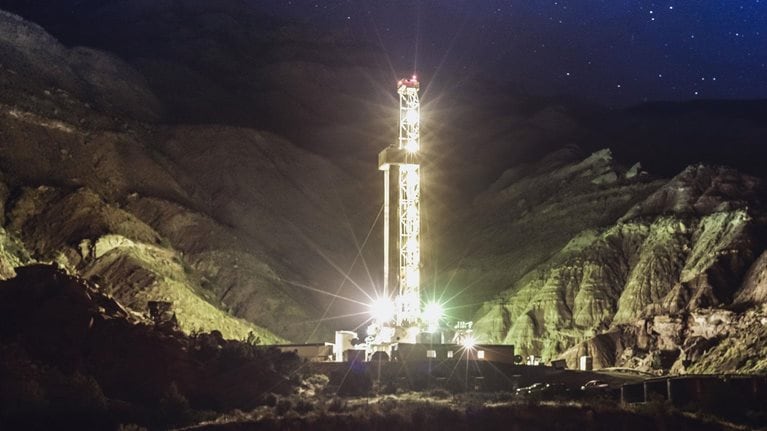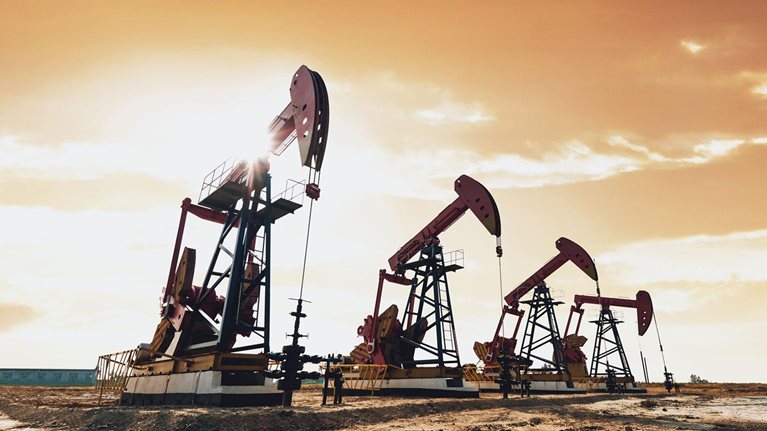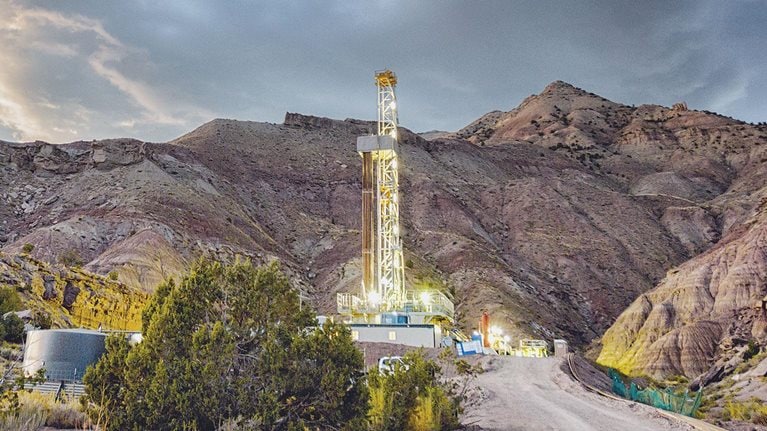Industry discussions about the future of gas in North America are polarizing. On one hand, the shale revolution keeps delivering, displacing liquefied natural gas (LNG) imports since the late 2000s, as abundant gas resources and technological innovation drove costs down. In the past few years, shale has entered a new phase with the rise of LNG exports from North America. By 2023, North America is expected to head the list of the world’s top LNG exporting regions. On the other hand, as state-level decarbonization policies ramp up, the demand for natural gas in key segments such as power generation and local distribution companies (LDC) is expected to decline.
These contrasting outlooks reflect different perspectives and interests of stakeholders, regions, and segments. An objective picture requires a comprehensive analysis of gas demand and supply that considers how and where they may be affected by decarbonization efforts. To that end, we modeled power and gas value chains until 2040 to explore how today’s policies will likely play out as well as what actions different players can take to position themselves appropriately during the energy transition.
Gas demand by segment
Decarbonization policies have been proposed or introduced in several parts of North America to accelerate the transition to a low-carbon world. These policies rely on a range of actions, such as implementing standards for renewables portfolios, establishing clean energy standards that are net carbon neutral, setting economy-wide targets for carbon reduction, and mandating the use of specific technologies. For instance, California aims to supply 60 percent of electricity from renewables by 2030; Hawaii seeks to be 100 percent net neutral by 2045; and New York expects to deliver nine GW from offshore wind by 2035 (Exhibit 1).

To understand how today’s decarbonization policies could affect the gas market, we need to start with a clear view of demand. McKinsey’s North American gas model shows that demand will continue to grow from 95 billion cubic feet per day (bcfd) to 125 bcfd by 2035 and then plateau (Exhibit 2). More than 70 percent of the demand growth is driven by gas exports (both LNG and also piped exports to Mexico). This scenario depends on full implementation of current decarbonization policies but does not take into account any broader policies that may be introduced in future.

Two critical factors will affect different demand segments in different ways: local and global economic competitiveness of gas and the effect of decarbonization policies.
Exports
We expect to see continuing growth in North American LNG and piped exports to Mexico. From 2019 to 2030, North American gas exports are predicted to grow from nine bcfd to 30 bcfd, mainly as a result of Asian LNG demand. This outlook could change if more LNG capacity were to emerge from a competing region—such as East Africa, the Middle East, or Russia. Alternatively, if policies or slower economic growth in key importing countries—such as China or Japan—were to reduce LNG demand, pressure on US LNG exports would increase, as US LNG is among the higher-priced products.
Power generation
The role of natural gas in power generation is perhaps the most contentious issue among North American demand segments. State and independent system operator (ISO) policies are diverging, reflecting different attitudes toward natural gas. East and West Coast states are moving away from gas-fired power generation, while Midwest, southern mid-Atlantic, and southern regions are continuing to rely on gas playing a major role in generation.
In our base-case outlook, gas-fired power generation will displace coal capacity in the medium term and then nuclear over the long term. Although economic- and mandates-based investments in renewables will grow significantly, the flexibility afforded by gas-fired power generation will continue to be in demand. Alternative sources of flexibility, such as energy storage—including pumped hydroelectric and utility-scale batteries—and demand aggregation and response, are unable to affordably provide the same reliability as gas-fired power plants. Their role will move from one of base-and-peaker supply to an ultraflexible one, with far fewer hours run and lower utilization, especially along the West Coast and in the Northeast. For example, we estimate that 2019 load factors of 25 to 45 percent will drop to below 5 percent in NYISO and between 14 and 18 percent in ISO-NE, and CAISO by 2040.
Gas will continue to play a role in North America, even in areas with nearly full decarbonization policies. We expect to see gas turbines using “clean”—that is, zero-carbon—gas such as biogas, hydrogen (co-firing), gas plus carbon capture and storage (CCS), or nature-based solutions, but scaling these gas sources will take some time. Absent further decarbonization policies, the economic tipping point for large-scale deployment of clean gas in power generation is unlikely to come before 2030.
Local distribution companies demand
LDC are the proxy providers of gas for space and water heating in commercial and residential buildings. Concern in the sector is growing over what it perceives as a disconnect between certain policy actions—such as the gas moratorium in the state of New York or the prohibition of gas heating for new homes in Berkeley, California—and the economic viability and reliability of the energy supply. Electricity can compete economically with gas in some subsegments, such as water heating for new buildings in some US regions. However, for much of the space-heating load, particularly in existing buildings, alternative electrification technologies, such as cold climate air sources heat pumps (ccASHP), are not expected to economically break even across all regions on a total cost of ownership basis until at least the early 2030s.
Policy changes may accelerate the electrification of existing buildings in cities but, from an economic perspective, are unlikely to strongly affect LDC demand in the short to medium term—with the possible exception of a few coastal states, such as California.
Would you like to learn more about our Electric Power & Natural Gas Practice?
Industry
Demand in this segment is well protected, as replacing natural gas in many industrial processes—such as gas used as feedstock or for generating high-temperature heat—would be costly and technically challenging. In addition, sensitivity to industrial competitiveness at both state and federal levels is likely to be a consideration for policy changes. Innovative technologies such as hydrogen and renewable electricity for low-temperature steam are being investigated, and policy changes may mandate an accelerated shift. But from an economic perspective, end-user demand appears unlikely to change substantially within the next two decades.
In sum, gas demand varies by region across all segments, with no changes that play out uniformly across North America. East and West Coast states will see declining demand as a result of decarbonization policies, while the Gulf Coast will see the greatest growth, driven largely by LNG exports and piped exports to Mexico.
Gas supply and shifts in midstream flows
North America has abundant gas resources, with more than 1,000 trillion cubic feet at cost economics of $2.8 per metric million British thermal unit (MMBTU)—enough to cover more than 25 years of domestic demand (Exhibit 3). A large share of this supply is based on shale resources extracted using hydraulic fracturing, or “fracking.”

The bulk of supply growth—70 percent—will be driven by four nodes: the Appalachian basin in the northeastern US, the largest and most prolific basin; gas from the Permian, primarily in west Texas, which is associated with oil production; SCOOP/STACK gas production near LNG-demand centers on the Gulf Coast1; and shale-gas production in western Canada (Exhibit 4).

Gas flows in North America will need to change significantly in response to several factors: declining demand on the East and West Coasts, driven by decarbonization; growing demand from the Gulf Coast, driven by exports and domestic consumption; and growing supply from the Appalachian and Permian basins. This supply growth, along with that from SCOOP/STACK, will push back Canadian and mid-continent gas because of its privileged position in meeting growing demand from the Gulf Coast (Exhibit 5).

In turn, changes in flows will require infrastructure investments. The growing production from the Appalachian and Permian basins will attract most of the investment in new pipelines and additional compression. The need to build more pipelines will continue up to 2030 but fade thereafter as demand growth slows. The flattening of gas demand after 2035 will drive competition between new and existing pipelines for gas volumes, pressuring pipeline operating models—and possibly triggering a shift to merchant models for booking pipeline capacity, with shorter-term bookings reflecting evolving market prices.
Demand volatility and the need for flexibility
The energy transition will considerably influence the volatility of daily gas demand, especially after 2030. Dispatchable gas-fired generation will be needed to support both the increasing use of intermittent solar and wind power (unless alternative economic energy-storage solutions emerge) and the electrification of energy for heating and other uses. This trend will be most evident in East and West Coast states, where decarbonization measures in the power, residential, and commercial sectors will increase daily gas demand volatility by 60 to 70 percent by 2040, as measured by the volatility index (VIX). At the same time, annual gas demand volume and peak daily gas demand will decline by 10 percent (Exhibit 6).

Much of this volatility will be driven by power generation as gas-fired power plants are increasingly exposed to greater seasonal, daily, and intraday load volatility, especially in regions with higher penetration of renewables, such as California (Exhibit 7).

Strategic opportunities and challenges
Billions of dollars of value will be at stake along the gas supply chain over the coming years. The opportunities and challenges will vary among industry participants.
Upstream gas producers
Pipeline projects already under construction will debottleneck Appalachian and Permian upstream gas production, but more pipeline capacity will be needed after 2023. Despite rising production, most US shale producers are showing negative free cash flow. To improve capital efficiency, they need to optimize development strategies for economic value, not volume.
Liquefied natural gas exporters
Given the unprecedented wave of LNG projects taking final investment decisions (FIDs) in 2018 and 2019, the global LNG market is expected to have surplus capacity for the next four to five years. In the second wave of LNG exports, more than 20 North American projects are competing to take FIDs, but only a few are likely to succeed. Those that can deliver LNG to Asia for no more than $7 per MMBTU have the best prospects, and those that secure privileged access to upstream gas resources can increase their projects’ cost competitiveness.
Pipeline operators
After 2025, overall investment in new pipelines will decline to half today’s level. Opportunities and challenges for pipeline operators will largely depend on location (Exhibit 8); most growth opportunities lie in connecting the prolific Appalachian and Permian basins with rising demand in the Gulf Coast.

By 2040, fewer flows on certain routes will negatively affect pipelines that approach expiring firm capacity contracts, which may have been secured at higher rates during periods of market tightness. Traditional operating models will come under pressure as demand starts to level off in the late 2030s, with pipeline operators seeking commercial support for new investments that compete with capacity from existing pipelines. Another inflection point that could play out in the medium to long term is the US Department of Transportation’s proposal to move LNG by rail. This proposed alternative could benefit customers in areas where pipeline projects are increasingly scrutinized.
Storage operators
Seasonal gas-volume requirements and peak domestic-gas demand will decline in most parts of North America. Existing seasonal storage will suffice to meet future domestic gas demand, even allowing for extreme weather events such as the 2018 explosive cyclogenesis (or “bomb cyclone”) and 2019 polar vortex. By contrast, increased volatility of daily gas demand in some regions, including California after 2030, would benefit short-term gas storage assets such as salt caverns (if available) and line packs. However, these assets will come under pressure, as both the economics of alternative energy-storage solutions improve over the next 20 years and decarbonization policies mandate the use of battery storage and similar technologies.
Power-generation utilities
Gas-fired power generation will be exposed to far greater volatility in seasonal, daily, and intraday load. Flexible capacity that can support renewables will be more attractive than baseload capacity. Decarbonization policies will drive gas-fired generation to average loads of 10 to 20 percent by 2040. This may create a need for capacity markets or other mechanisms to remunerate dispatchable gas-fired (peaker) capacity supporting renewables unless more attractive solutions emerge for dispatchable generation and storage.
Gas distribution companies
Residential and commercial gas demand will decline, thanks in part to the introduction of energy-efficiency measures, such as the insulation of new buildings (especially as costs fall after 2030) and to the switch to electricity for space heating. This decline will reduce the use of gas distribution networks across most of North America and increase the need for operations excellence and safety in aging infrastructure. Distribution companies will need to improve their performance and cost management if they are to secure greater discretion over pricing as well as the regulatory right to invest. Grid modernization will be critical to distribution operations and must allow for flexibility—as well as the standard requirements of safety, security, and resilience. Moreover, gas distribution networks could serve as infrastructure to supply hydrogen or biogas to commercial and residential users. As decarbonization policies change the way the gas distribution network is valued and used—whether as a gas conduit or as a flexible platform—operators will need to consider how to adjust their rate design in response.
Energy retailers
Retail energy demand will shift from gas to electricity, becoming more volatile in the process. This will create an opportunity for energy retailers to deliver value from aggregation and market mechanisms. Large-scale players are already investing in downstream assets, though it remains to be seen how these assets will be integrated into primary portfolios and what value they will deliver.
Policy makers and regulators
The role of policy makers and regulators will be critical in establishing the pace of decarbonization and the appropriate market incentives to shape the role of gas to support the penetration of renewables, such as the provision of flexible dispatch in power generation to compensate for intermittency in solar and wind power. If the power system relies on gas for flexibility, then capacity markets or other mechanisms will be required to ensure that necessary investments are made in the gas system.
Under current decarbonization policies, natural gas will continue to play an important role in North America’s energy mix over the coming decades. Stated simply, North America will continue to rely on gas for domestic use and exports, although domestic demand will start to decline after 2035. The use of gas in power generation will decline as renewables, new energy-storage solutions, and energy carriers such as hydrogen become more prominent in the mix. These shifts will create multibillion-dollar strategic opportunities and challenges for players and their investments and asset portfolios along the entire gas value chain.


